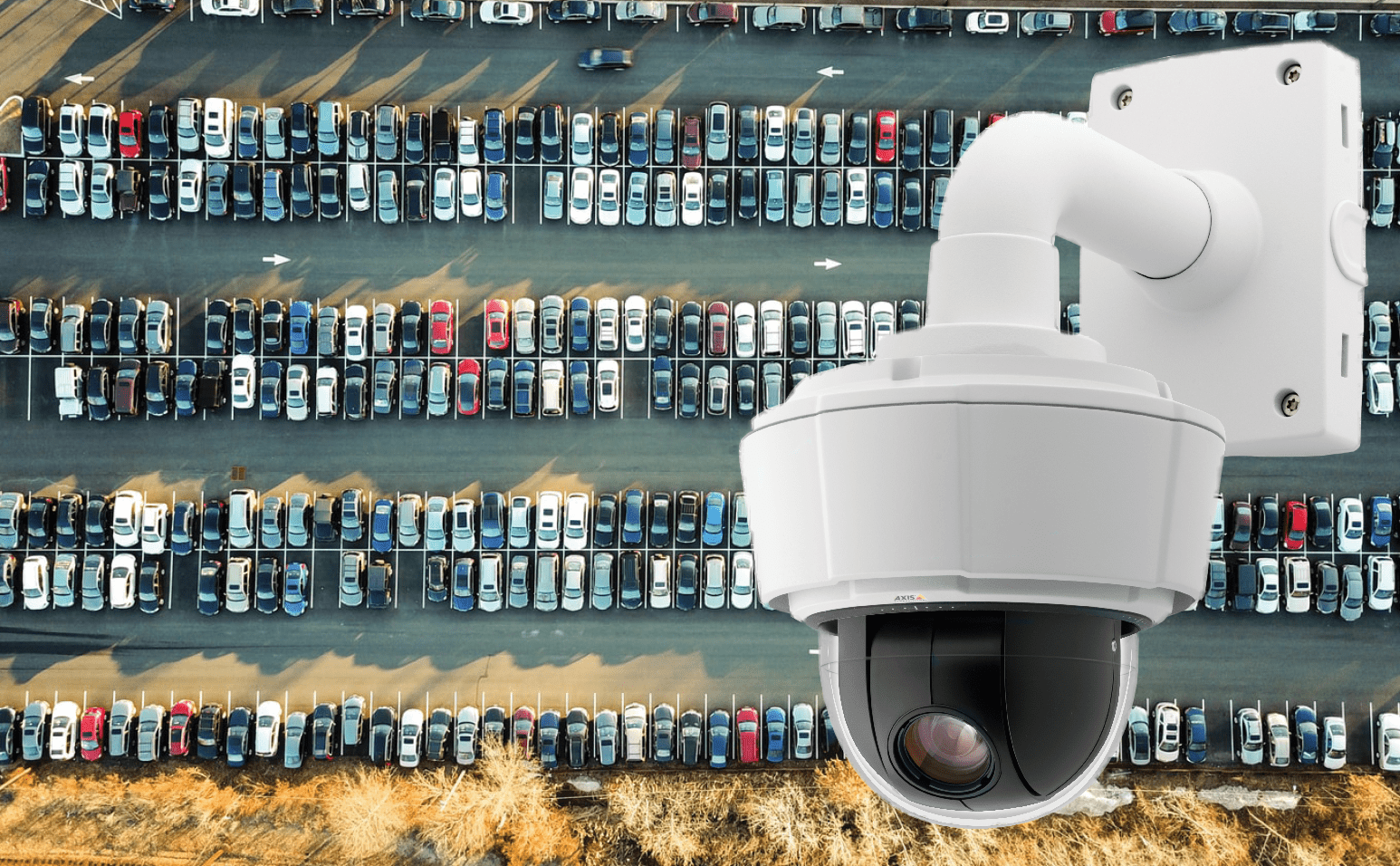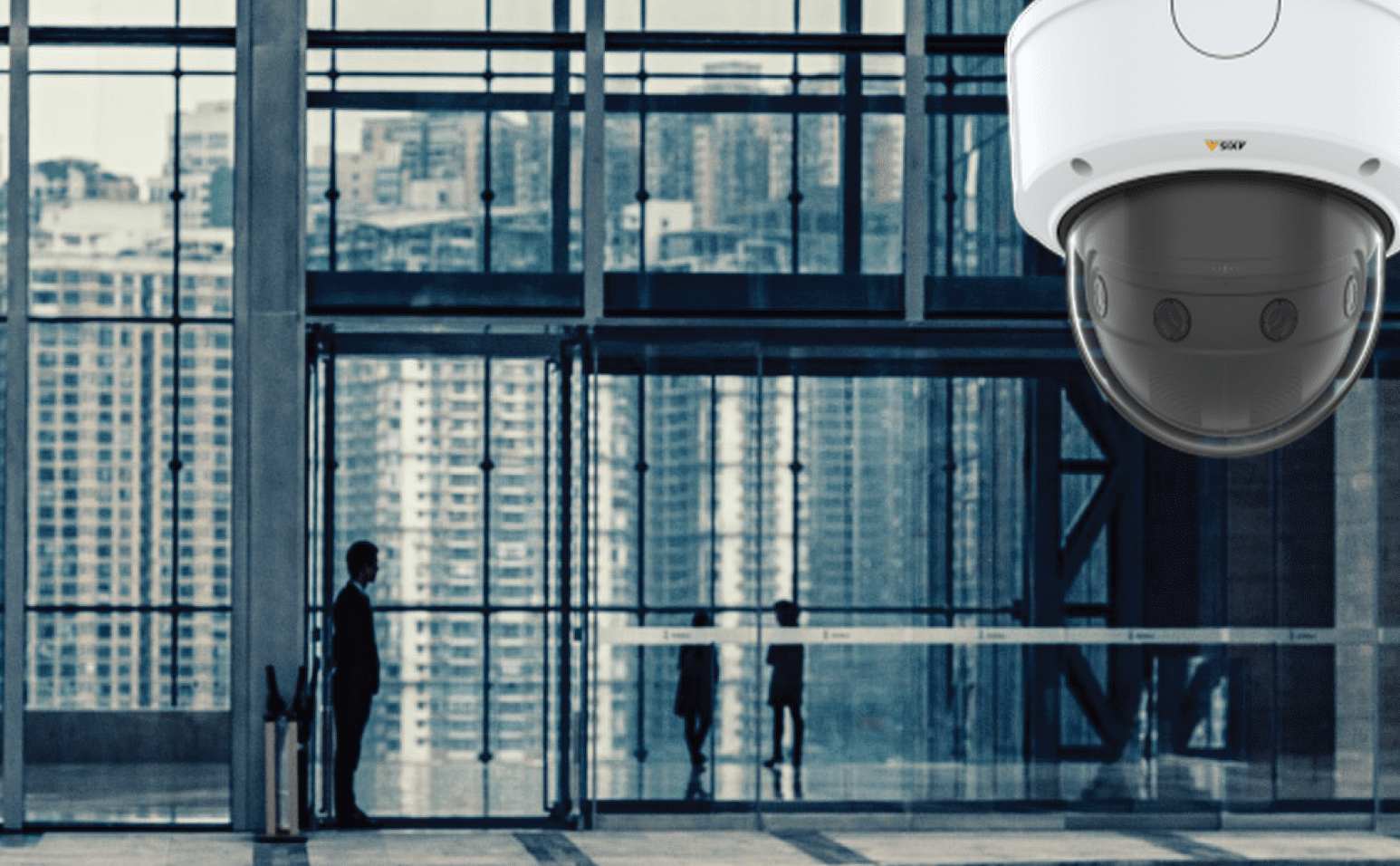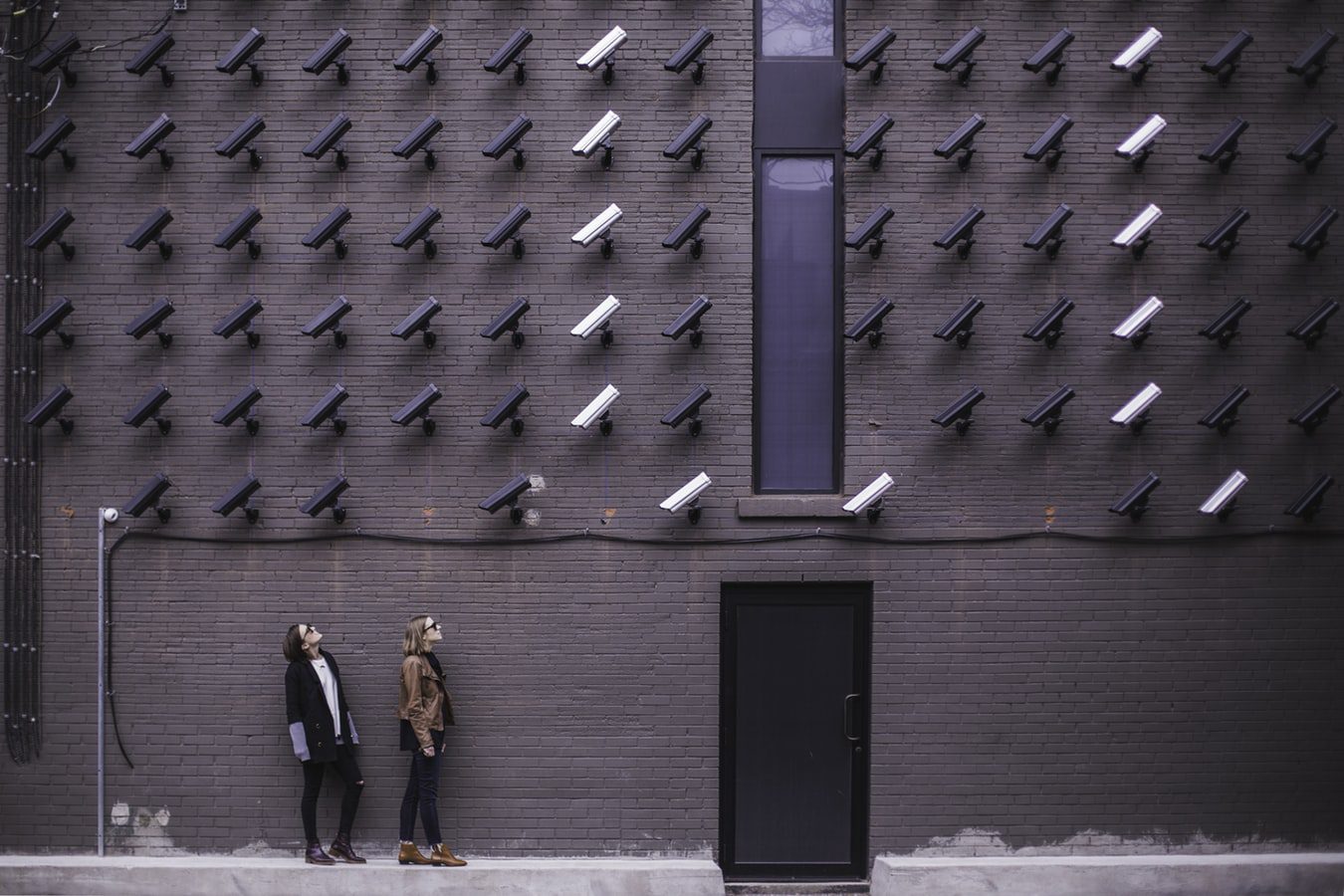
 Video surveillance technology has remained in a state of constant evolution since the invention of the surveillance system in 1942. For much of the last eighty years, advancements in surveillance cameras have focused largely on improving image quality and innovating the physical capabilities of camera hardware. Over that span of time, cameras have grown from static box cameras that captured grainy images to dynamic cameras capable of movement (such as multi-sensor and pan-tilt-zoom cameras) and the capture of high definition footage. The current generation of camera evolution has been defined by the wide-scale adoption of network video systems over wired analog systems, providing better options for both camera networking and video storage.
Video surveillance technology has remained in a state of constant evolution since the invention of the surveillance system in 1942. For much of the last eighty years, advancements in surveillance cameras have focused largely on improving image quality and innovating the physical capabilities of camera hardware. Over that span of time, cameras have grown from static box cameras that captured grainy images to dynamic cameras capable of movement (such as multi-sensor and pan-tilt-zoom cameras) and the capture of high definition footage. The current generation of camera evolution has been defined by the wide-scale adoption of network video systems over wired analog systems, providing better options for both camera networking and video storage.
Recent trends in video surveillance systems, however, suggest a less tangible technological revolution on the horizon. Whereas the past focused on improving hardware and the physical connections and abilities of surveillance systems, the future of video technology lies largely in landscape-altering innovations in software, camera quality, and storage options—innovations that business owners stand to richly benefit from.
Camera quality
There may come a day where surveillance cameras reach “peak camera quality” –a point where no further improvements can be made–but we haven’t gotten there yet. For now, 4k cameras are the “it” cameras for surveillance arrays, providing crisp, vivid feed that eclipses that of the 720p and 1080p cameras of yesteryear. Because of the dense amount of pixels it packs into its image, a 4k camera avoids the choppy, blocky, pixelated look of zoomed-in lower resolution surveillance cameras. Additionally, 4k cameras can capture these high-quality images at a baseline 30 frames a second, filming smooth, fluid movement that’s a marked improvement over the strobe-like footage filmed at lower frame rates.
While 4k has been around for a few years now, the technology is becoming cheaper to produce, meaning the cameras are becoming more affordable for the average business. Even entry-level 4k display monitors can be found for around $500, a significant drop from the substantial price tags found when the technology first became available. While 720p and 1080p cameras are still common on many surveillance systems, 4k is quickly becoming the standard by which all surveillance cameras are judged—and is an oft-installed choice of our EPS engineers and technicians.
Given the constant innovation in camera image quality, it stands to reason that 4k will one day find itself being replaced by the next big thing. One thing is for sure: camera quality has increased substantially since the days of analog cameras, and superior camera resolution is readily available for commercial use in the present.
Cloud storage
Currently, most video systems store footage on a video recorder with dedicated memory space. As a rule of thumb, the larger the system, the more memory is needed to store footage—which can get costly fast for businesses with extensive surveillance needs. Up until now, cloud storage has not been a viable option for camera storage, as the bandwidth requirements are enormous and at least as costly as purchasing high-powered video recorders. Additionally, many internet service providers do not provide the necessary internet speeds to businesses for efficient upload/download from the cloud. However, the tide is turning, and cloud storage technology is slowly improving. As internet speeds continue to improve across the board and options for unlimited cloud storage become both more technologically feasible and cost-effective, surveillance systems could see a substantial shift in cloud-based video storage—albeit, after several more years of improvements.
 Facial recognition
Facial recognition
What seemed like science fiction only a decade ago is now a reality as facial recognition software is being used in everything from law enforcement to unlocking your smart phone. While the software is still in its relative infancy, the possibilities of integrating facial recognition with a commercial surveillance system are endless. The obvious implication of facial recognition in surveillance systems would be in security, as “smart” surveillance software could reference a database and identify criminals as they are captured on camera. From a more mercantile standpoint, facial recognition could be used to discern demographics (age, sex, even previous purchases) to enhance the customer experience and specifically tailor their sales experience.
Perhaps because of its limitless potential, facial recognition is at the forefront of many ethical discussions focused on its implementation. Push-back against the technology centers around potential privacy violations and the “Big Brother”-like nature of record-keeping without consent of the parties filmed. Before facial recognition is widely adopted, it is likely the ethical discussions will turn into legal discussions governing how and when facial recognition can be used in commercial and security settings—a discussion that has been ongoing since the invention of the video camera. However it shakes out, facial recognition stands to impact surveillance security in a big way, especially when coupled with advancements in AI.
Artificial intelligence
While “Terminator” may have soured public opinion on artificial intelligence, AI technologies are already in widespread use. Recent software advances have allowed computers to “learn” in limited capacities. For surveillance systems, technology already exists for “behavioral recognition,” a feature where an AI program observes a camera feed for 30 days, “learns” what is normal human behavior for that specific site, and then alerts a human security contact to aberrant or even criminal behavior as it occurs. AI takes the primary limitation of actively surveilled systems—the need for a human operator to observe multiple feeds 24/7—and nearly eliminates it.
Of course, AI technology and behavioral recognition are mired in the same ethical quandary as facial recognition. Much of the hubbub surrounding the software has less to do with the capabilities of the technology so much as the fact that it still requires human implementation. Essentially, there is concern that the human operators behind the technology will find ways to unfairly target specific demographics, over-police neighborhoods or entire cities, limit freedom of speech or expression, or discover other ways to manipulate the software to their advantage.
While these and more questions still need to be resolved at the legislative (or even judicial) level, there’s no denying the benefits AI-driven behavioral recognition software would have for businesses. Surveillance cameras often act as preventative security feature, deterring burglars and others of ill-intent from breaking in (or worse.) With the capability to identify criminal behavior as it’s happening and alerting human security to the act, surveillance cameras would suddenly be able to take an active (and reactive) role in protecting both property and lives.
 The future is now
The future is now
The surveillance technologies that will come to define the next generation of video security is already here. While certain ethical and legal aspects are still being sussed out, there’s little doubt that the cameras of the future will provide business owners with exciting new tools with which to protect their employees, their assets, and their properties. EPS Security has kept pace with the newest trends in security camera systems to best provide our customers with comprehensive security systems for their livelihoods and lifestyles. Take a look at what an EPS video surveillance system can do for you and find a solution 65 years in the making.
